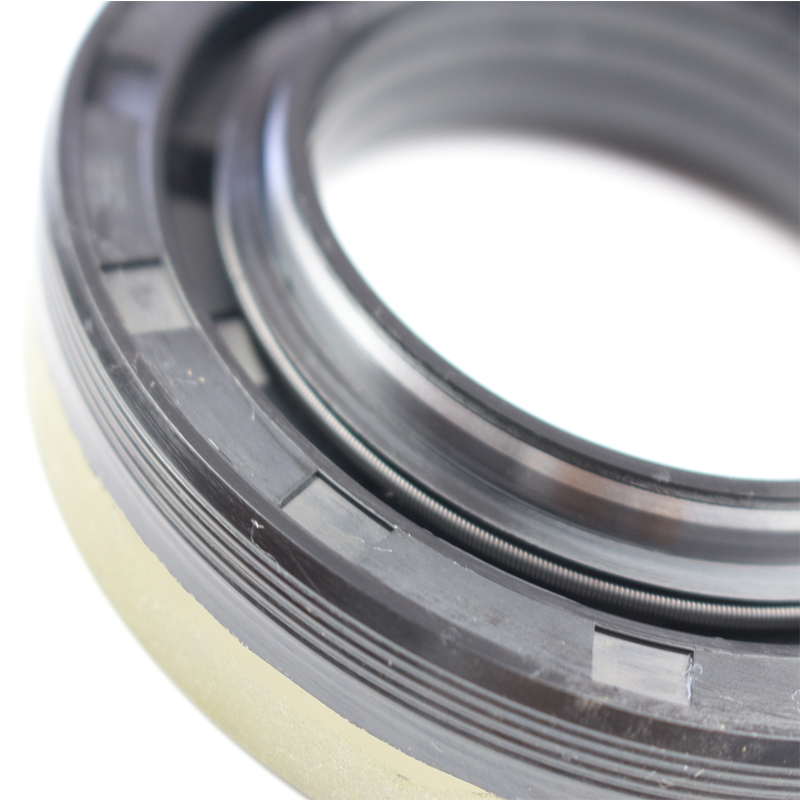Understanding the Importance of Drain Plug Washers for Leak-Free Performance
Understanding Drain Plug Washers A Key Component for Efficient Water Drainage
When it comes to maintaining the functionality of various water drainage systems, the drain plug washer plays a critical yet often overlooked role. This small, circular piece of material is essential for ensuring that water drains efficiently and that plumbing systems function correctly, whether in sinks, bathtubs, or even larger drainage setups.
What is a Drain Plug Washer?
A drain plug washer is typically made from rubber, silicone, or other materials that ensure a watertight seal. It is positioned between the drain plug and the drain assembly, preventing any leakage when the plug is secured in place. These washers can come in various sizes and thicknesses, tailored to fit specific types of drain plugs.
Why is a Drain Plug Washer Important?
The primary function of the drain plug washer is to create a seal. When the drain plug is inserted and turned, the washer compresses slightly, forming a barrier that prevents water from leaking out. If the washer is compromised—cracked, worn out, or missing—it can lead to significant problems. Leaking water can cause damage to cabinetry, create mold issues, and increase water bills. A simple component like a washer can be the difference between a functioning sink and a plumbing disaster.
Signs of a Worn-Out Drain Plug Washer
Recognizing when a drain plug washer needs replacement is crucial for homeowners and maintenance personnel. Common signs include
1. Water Leakage If water drips from under the sink or around the drain area when the plug is in place, the washer might be damaged. 2. Difficulty in Securing the Plug If the drain plug doesn’t seem to fit snugly or feels loose, the washer may have worn down and needs replacement. 3. Visible Wear and Tear Over time, rubber can degrade, leading to cracks or a loss of elasticity, making it ineffective.
drain plug washer

Choosing the Right Drain Plug Washer
When selecting a drain plug washer, it's important to consider several factors
1. Material Rubber is flexible and offers a good seal but can wear out more quickly. Silicone or neoprene options may provide better longevity and resistance to water exposure. 2. Size Washers come in various diameters and thicknesses. It’s essential to measure the existing washer or plug to ensure a proper fit. 3. Type Some drain installations may require specialty washers, like those conforming to specific plumbing regulations or those designed for heavy-duty applications.
Installing a New Drain Plug Washer
Replacing a worn-out drain plug washer is a straightforward process that most homeowners can manage with minimal tools
1. Remove the Drain Plug Take out the drain plug mechanism. This may involve unscrewing a retaining nut or simply lifting the plug out, depending on the design. 2. Inspect the Washer Look at the condition of the current washer and notice how it fits. 3. Replace the Washer Remove the old washer and install the new one in its place. Ensure it sits properly without any twists or folds. 4. Reassemble the Plug Put the drain plug back and test for leaks by filling the basin with water and observing.
Conclusion
While often overlooked, the drain plug washer is an essential component of many water drainage systems. Its role in preventing leaks and maintaining efficient water flow cannot be understated. Regular inspection and timely replacement of these washers can save homeowners from costly repairs, making it worthwhile to pay attention to this small yet significant device. By understanding its importance, anyone can ensure their plumbing systems remain in optimal condition, demonstrating that sometimes, it’s the small parts that make the biggest difference.
-
Understanding the Front Main Engine Seal: Purpose, Maintenance, and Installation
News Jul.29,2025
-
Understanding O-Rings and Seal Rings: Types, Applications, and Custom Solutions
News Jul.29,2025
-
Understanding Crankshaft Oil Seals: Rear Seals, Pulley Seals, and Their Role in Engine Integrity
News Jul.29,2025
-
The Importance of Front and Rear Crankshaft Seals in Engine Performance and Oil Management
News Jul.29,2025
-
Crank Oil Seals: Functions, Types, and Cost Considerations in Engine Maintenance
News Jul.29,2025
-
A Comprehensive Guide to O-Rings and Seals: Types, Materials, and Global Applications
News Jul.29,2025
-
Mastering Diesel and Performance Engine Maintenance: A Guide to Critical Oil Gaskets
News Jul.28,2025
Products categories















